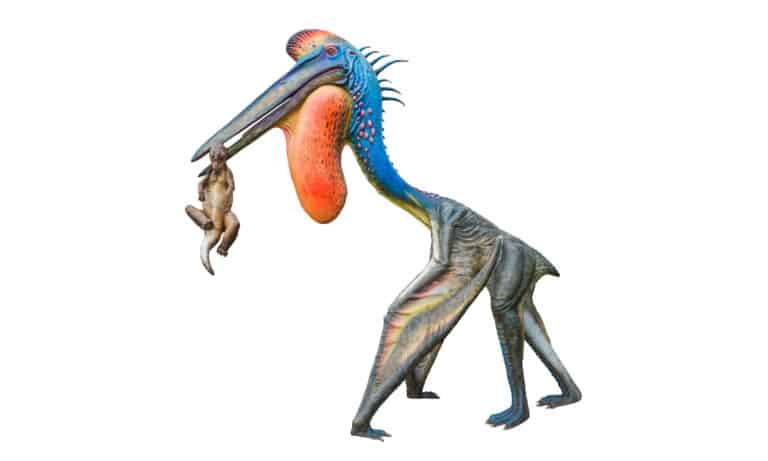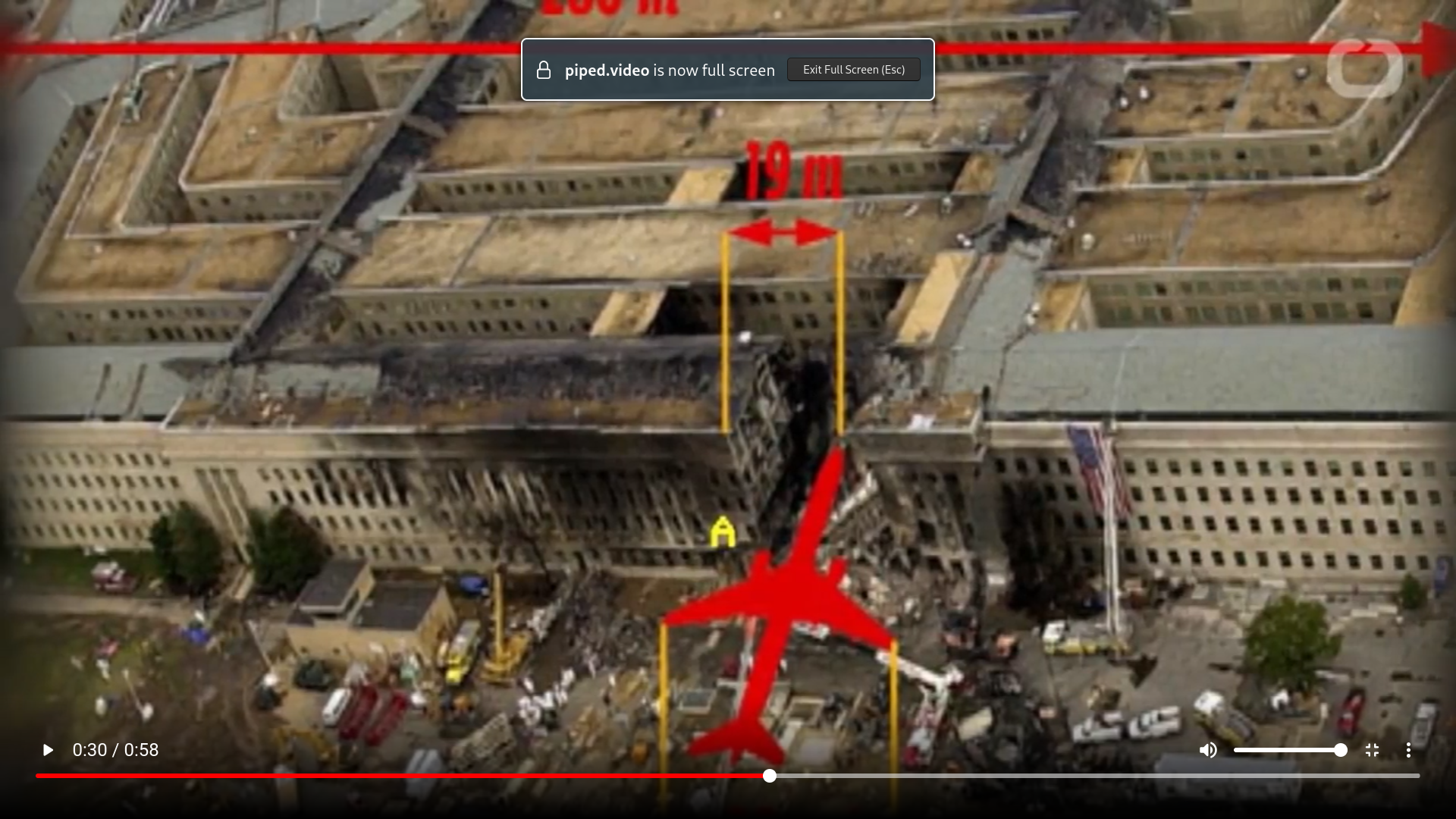As someone who grew up in the tropics and now lives somewhere colder, I went through the first three table entries thinking that this was Celsius and felt understood.
Thanks! I can imagine preserving a feather for 65 millions of years is no easy feat.
Thank you for the positivity 💚 I wholeheartedly agree!
Drama and negativity drives engagement, and this form of engagement can easily trigger a feedback loop in which negativity keeps piling on and voices of support are practically muted.
We are participating in an open source project that has some very ambitious goals. Things can be messy, mistakes happen, there are risks, and people have many different opinions and moods. Heated discussions can be a healthy part of the process. But, once the dust is allowed to settle for a bit, it is good to remember that we are humans and that we are here because we have some shared goals.
I think the majority of people around here are kind and have a positive outlook, but perhaps it is more motivating to speak out when we have negative comments than positive ones. So, thank you for taking the time to write this positive message!
I am going to be that guy and point out that pterosaurs were not dinosaurs, unless you consider primates to be squirrels cause we are distantly related.
Ah, thank you for being that guy! Now I know 😄
Also fun fact pterosaurs may have had a type of feathering which either means that the ancestors of both dinosaurs and pterosaurs had feathers or it evolved at least twice. And on a similar thing of body coverings, stem mamals/proto-mammals had fur before the dinosaurs ever evolved.
Can the feathers and fur (or their impression) be preserved for millions of years in some types of fossilization? Or is the presence of these concluded from the bone structures, fossilized skin, or other not so direct pieces of evidence? And, is any direct evidence of color preserved? No pressure to answer, I am just wondering out loud.
Woah - I had never heard of the Hatzegopteryx. I spent some time today watching videos of this guy today (and its relatives, Quetzalcoatlus and Argentinosaurus). They are really cool.
I know that there is a lot of arguments about what dinosaurs actually looked like - I hope that in the videos they make these guys scarier than they actually were... This video is especially: https://www.youtube.com/watch?v=pYniD_MQ7Rg
Personally, this style (from a great PBS Eons video) is my favorite interpretation:


And artists apparently like to emphasize that these guys could eat small dinosaurs!





You can take a lot of control by using search commands. Here is a list of commands for Google, for example: https://www.lifewire.com/advanced-google-search-3482174
By using commands like these you can narrow down your searches to the point that the impact of SEO is small. You give a much greater weight to the conditions that you have chosen.
It can be a bit of work to write a good search query, but the database that search engines search through is massive, so it makes sense that it would take some work to do this right.
Search engines like google aggregate data from multiple sites. I may want to download a datasheet for an electronic component, find an answer to a technical question, find a language learning course site, or look for museums in my area.
Usually I make specific searches with very specific conditions, so I tend to get few and relevant results. I think search engines have their place.
Fair enough. I just looked it up and if the scale in this image is correct, I agree that the size of the hole looks small in comparison. I also looked at the security video of the crash itself and it is frustrating how little we can see from it.

Since this was such an important event and there seems to be a lack of specific pieces of essential evidence - either because of bad luck or because of a cover-up - I understand the skepticism. And I am not a fan of blindly believing any official narrative. But, without any context, if I see that photo and someone tells me that a plane crashed into that building, I would find it probable simply because the shape is so similar to the photo of the Bijlmer accident that I'm familiar with. A plane crash seems to me like a very chaotic process, so I don't have a good expectation of what the damage should look like.
Maybe I'll look for a pentagon crash documentary some time.
I don't have much of an opinion on this topic, I haven't really looked into it.
But as soon as I saw this image, the El Al Flight 1862 which crashed in the Bijlmer in Amsterdam in 1992 immediately came to mind. The shape of the hole is very similar!

This image shows the likely position of the Bijlmer plane during the crash:

The image you posted of the Pentagon seems to me consistent with what I have seen of the Bijlmer accident, and so the shape of the hole and the absence of wings in the photo does not persuade me personally that no plane was involved.
Essentially, yes.
Whether the term "molecule" technically includes or excludes a piece of metal is a bit more tricky. I lean towards "no" more than "yes" because there are some important differences between what we generally call a "molecule" and how we think about a glassy or a crystalline solid. But I think both positions are arguable. If we are not being pedantic, then essentially yeah.
Thanks. Rebooted the server... Need to find some more permanent solution.
Thanks!